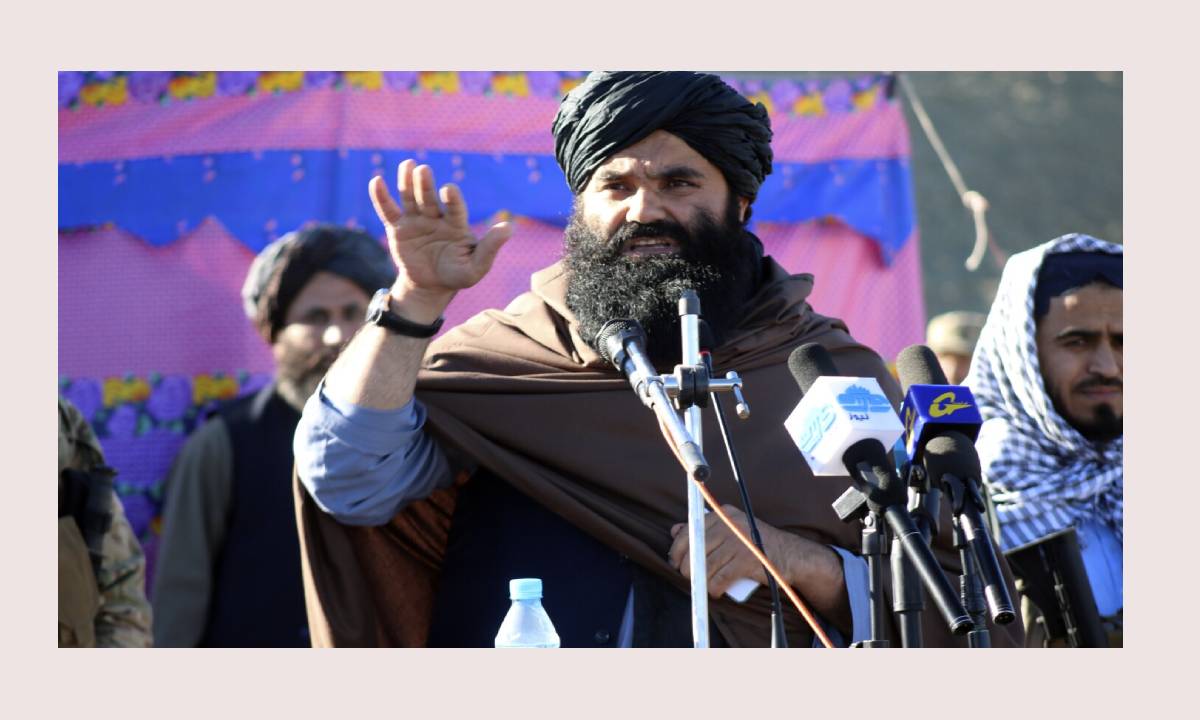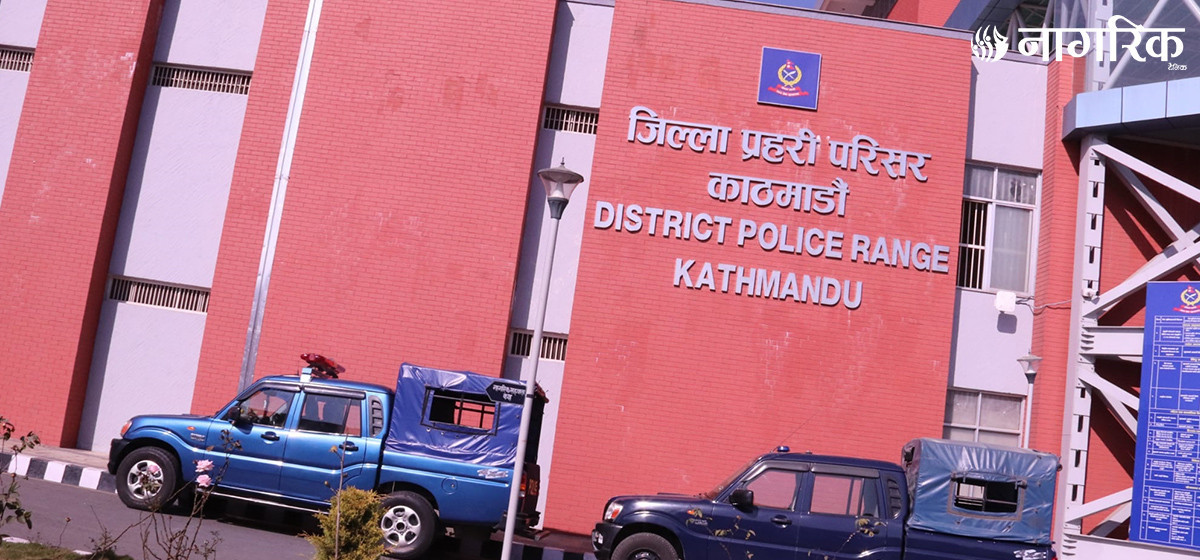On 12 February, 2025, Indian Prime Minister Narendra Modi made a two-day visit to the USA. This is his first visit to the 47th President Donald Trump since his inauguration and the fourth world leader to meet him. There was mutual praise of each other. President Trump called Prime Minister Modi a “great leader,” and a “tougher negotiator” than him. Prime Minister Modi returned the compliment lauding the President as “my friend.” The Prime Minister deeply appreciated President Trump’s keeping national interests supreme, and said his own ‘foreign policy is staunchly interests based.’ The two leaders of oldest and largest democracies are known to each other from their earlier terms. The Indian Foreign Secretary described the visit as “extremely substantive and productive.”
The two leaders pledged “to work with more speed,” to further the relationship built on shared democratic values, mutual respect, and strong cultural ties. President Bill Clinton paved the way for a new era of U.S.-India relations by visiting India in March 2000. President George W. Bush and Prime Minister Dr. Manmohan Singh transformed these relations to a higher level by signing a civil nuclear deal. President Barack Obama deepened cooperation between two nations. He was the first US president to attend the Indian Republic Day on January 26, 2015. Today, President Trump continues to build upon that foundation. In this journey, the Indo-American community and Congressional Caucus on India are also credited to have made significant contributions in enriching these bonds.
In a phone conversation on January 27, President Trump and Prime Minister Modi discussed defense cooperation, addressing illegal immigrants and working towards a balanced trade relationship. India is hosting the QUAD summit later this year. President Trump is expected to attend. On January 21, India’s foreign minister Jaishankar visited Washington and participated in the Quadrilateral Security Dialogue (QUAD) ministers’ (Australia, Japan, India and the United States) meeting, whose joint statement highlights efforts “to strengthen regional security, counter coercive actions, and enhance cooperation on critical minerals to build self-sufficient supply chains and economic resilience.”
The two leaders had one-on-one talk, delegation level talks and a press conference. They issued a36-point joint statement which is divided under the headings of defense and strategic partnership, trade and investment, energy security, technology and innovation, multilateral cooperation, and people to people cooperation. Three acronyms in the joint statement reflect the spirit, range and depth of Indo-US relations. They are “U.S.-India COMPACT (Catalyzing Opportunities for Military Partnership, Accelerated Commerce & Technology) for the 21st Century,” the U.S.-India TRUST ("Transforming the Relationship Utilizing Strategic Technology”) initiative, ASIA- the Autonomous Systems Industry Alliance.
The joint statement highlights the deepening convergence of U.S.-India strategic interests and reaffirming unwavering commitment to a dynamic defense partnership spanning multiple domains. The US is India’s third largest defense supplier after Russia and France. Several reports indicate that India and the US have agreed to expand cooperation in counterterrorism, clean energy, defense, and space exploration. In 2008, the U.S.-India Civil Nuclear Agreement was a milestone, and in 2016, India was designated as a Major Defense Partner of the United States. Arms imports from Russia in 2023 was 36% of total arms imports compared with 76% in 2009. A Congressional Research Service report published on December 5, 2024 says the US and India have steadily expanded “the scope, complexity and frequency of their joint military exercises” since 2002 with a strong focus on maritime security and interoperability.
Poll alliances to continue in Phase II despite poor results in...

While welcoming the significant integration of U.S.-origin defense items into India's inventory to date, the two leaders announced plans to finalize a new 10-year framework from 2025 to 2035 for the US-India major defense partnership. The two leaders agreed to finalize it later this year. There is a focus on a new US-India cooperative program to recover and process critical minerals. Technology has been an important component of Indo-US relations. Under the TRUST Initiative, the two sides will also address export controls, enhance high technology commerce and reduce barriers to technology transfer between the two countries. To deepen research linkages in critical and emerging technologies, a new partnership between the U.S. National Science Foundation and the brand new Indian Anusandhan, has been signed. ASIA initiative lays a U.S.-India Roadmap for Defense Industrial Cooperation and recognizes the rising importance of autonomous systems. However, reports indicate US’s hesitance to entrust certain sensitive military technologies to India.
There was a new bilateral forum initiative, the Indian Ocean Strategic Venture, launched to advance coordinated investments in connectivity and commerce in this region.The leaders expressed commitment to deepen bilateral dialogue and cooperation across the vast Indian Ocean region and launched the Indian Ocean Strategic Venture. They called for a close partnership for a free, open, peaceful and prosperous Indo-Pacific region adhering to the safety and freedom of navigation and furthering the India-Middle East Economic corridor initiatives. They also agreed to pursue a “framework for greater cooperation” which includes collaboration among others on international security, energy trade and connectivity.
Under the deal reached between two leaders, there is likely to be a change scenario in future. Of late, the US has become the largest producer of oil in the world. The US wants India to reduce its reliance on Russian arms and energy that would ease its concerns. The Indian foreign secretary informed the press that energy purchases will go up from $15 billion to $25 billion in the near future. India imported its first shipment of US crude oil in 2017. By 2021, India was the largest customer for US crude oil. Oil export, it is said, has helped Russia to sustain the Ukraine war. Russian oil, India thinks, helped it to moderate world prices and bring stability to global markets. As of now, India is the top buyer of Russian oil at a rate of over 2 million barrels per day. It is not only the cheap oil that brings India closer to Russia, but there are also other important factors, which India calls “special privileged strategic partnership.”
On trade and investment, the leaders set a bold new goal for bilateral trade – "Mission 500” – aiming to more than double total bilateral trade to $500 billion by 2030. They resolved to deepen the U.S.-India trade relationship to promote growth that ensures fairness, national security and job creation. Trump has been critical of India for its high tariffs on foreign goods and reportedly called Modi the “king of tariffs.” He has announced reciprocal tariffs saying, “whatever they charge us; we will charge them.”Reciprocal tariffs are likely to have far-reaching implications on trade relations. In his first term, Trump imposed tariffs on Indian steel and aluminum and revoked India’s preferential trade status under the Generalized System of Preferences (GSP) in 2019 prompting India to retaliate by raising tariffs on US goods like almonds, apples and walnuts. They have now agreed to trade negotiations leading to bilateral trade agreement by the end of 2025. India took proactive steps ‘to appease’ the White House while announcing the budget on February 1 proposing to cut tariffs on imports of US goods. The budget significantly reduced customs duties on imports of high-end motorcycles, cars and smart phone parts. The tariff cuts are seen as a strategic gesture. The US wants more commitments from New Delhi on how it plans to bring down the US$41 billion trade deficit with India.
Trump campaigned on the promise of evicting all undocumented immigrants. Modi told the President that he was “fully prepared” to take back undocumented illegal Indians. Reports indicate that the first lot of deportees arrived in India in a US military plane with their hands handcuffed and legs tied. The Prime Minister blamed the ecosystem that lures poor by showing them false opportunities.
Besides bilateral cooperation on clean energy, defense, technology and space exploration, cooperation has also been expanded to fight counterterrorism. President’s announcement of extraditing 26/11 accused Tahawwur Rana to India to face justice is a demonstration of cooperation in counterterrorism. At a joint press conference, when asked about Bangladesh, President Trump said he would leave Bangladesh to the Prime Minister. There is a long-standing perception in South Asia that the US sees the South Asia region through Indian prism.
Reflecting the visit
The visit came at a time when President Trump was quickly acting on his campaign promises, reshaping the world order and global economy at an unprecedented pace. Analysts view Trump as neo-imperialist, reflected in his claim of the Panama Canal, making Canada 51st state of the United States, taking Gaza and making it a “riviera of the Middle East,” and buying Greenland. David Sanger writes in the New York Times that the President's words, “nothing will stand in our way,” will make “America far more conservative at home and more imperial abroad.” In the span of 10 years, Yair Rosenberg writes in the Atlantic that the US ‘foreign policy has transformed from the domain of expert-brokered consensus to the province of personality driven populism.’ He adds ‘if the president gets his way, the strong, not international lawyers, will write the rules.’
Both Trump and Modi consider themselves as strong and nationalist leaders. Prime Minister Modi praised peace efforts by President Trump in Ukraine. Last year in July, Modi went to Moscow, and a month later, he went to Kyiv. Modi and Ukraine’s President Zelensky in their joint statement, were pledging their “cooperation in upholding principles of international law including the UN Charter, such as respect for territorial integrity and sovereignty of states.” It was perceived that India is not entirely different from Western concepts of values, economics, or security. At the same time, he has shown that India has its own way on Russia regardless of what the West thinks of it. The US will have to consider this aspect while managing its relationship with India and defining the parameters of their partnership.
The rise of China and the main challenge for the US is cited as the main factor to take India closer to Washington. The visit happened at a time when India’s relations with China are showing signs of improvements. However, Indian’s concerns over China’s assertive actions in the Indo-Pacific and Indian Ocean force India to deepen defense cooperation with the US. While India wants the Indian Ocean to truly remain “Indian,” China has made attempts to project power into the Indian Ocean. While China-Russia’s partnership has “no limits,” India believes that maintaining its friendship with Russia will help restrain Chinese territorial ambitions. India is unlikely to completely stay away from its long standing and time- tested friendship with Russia. In this context, Russian prime minister Primakov way back in 1998 suggesting Russia, India and China to come together remains significant. What if they come together?


































